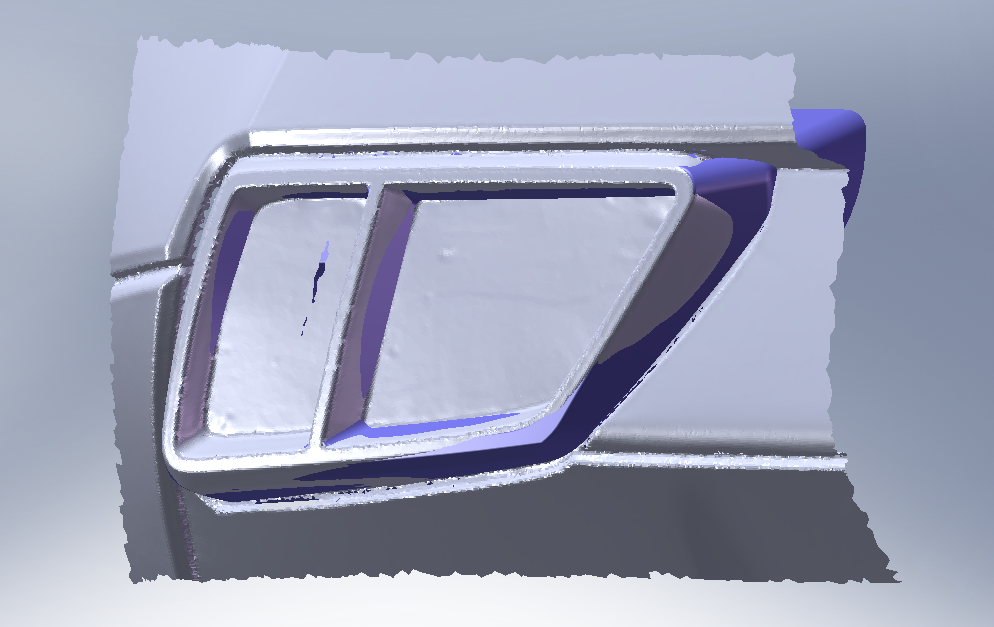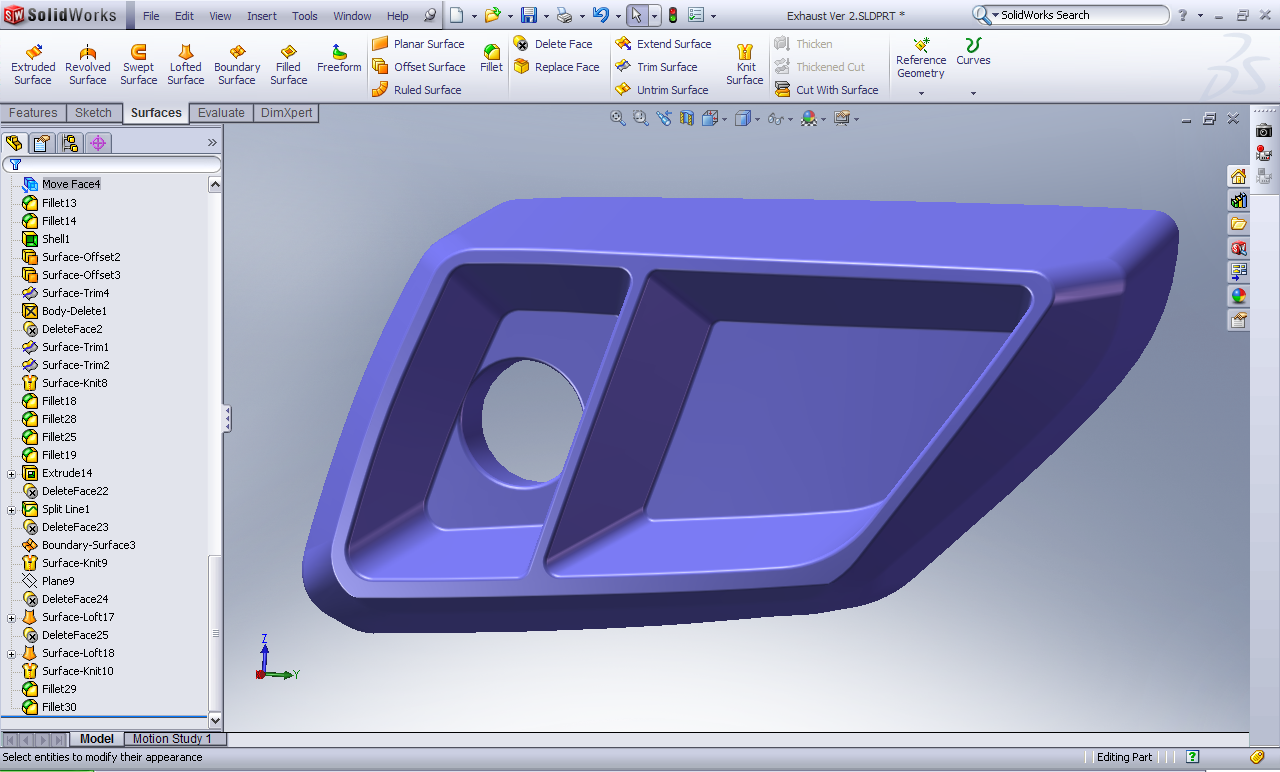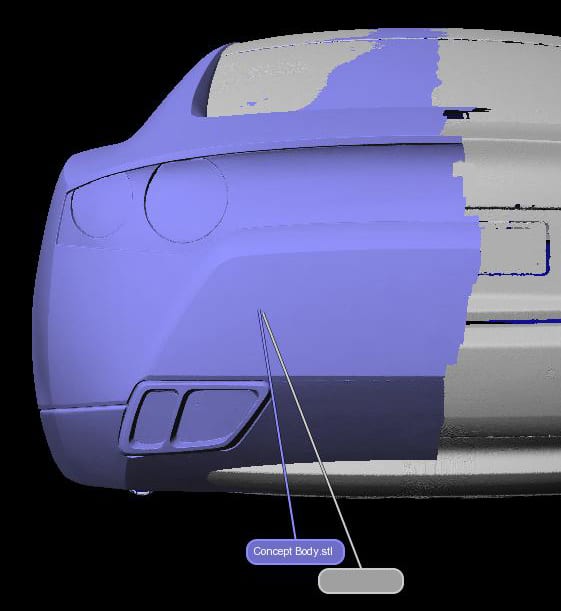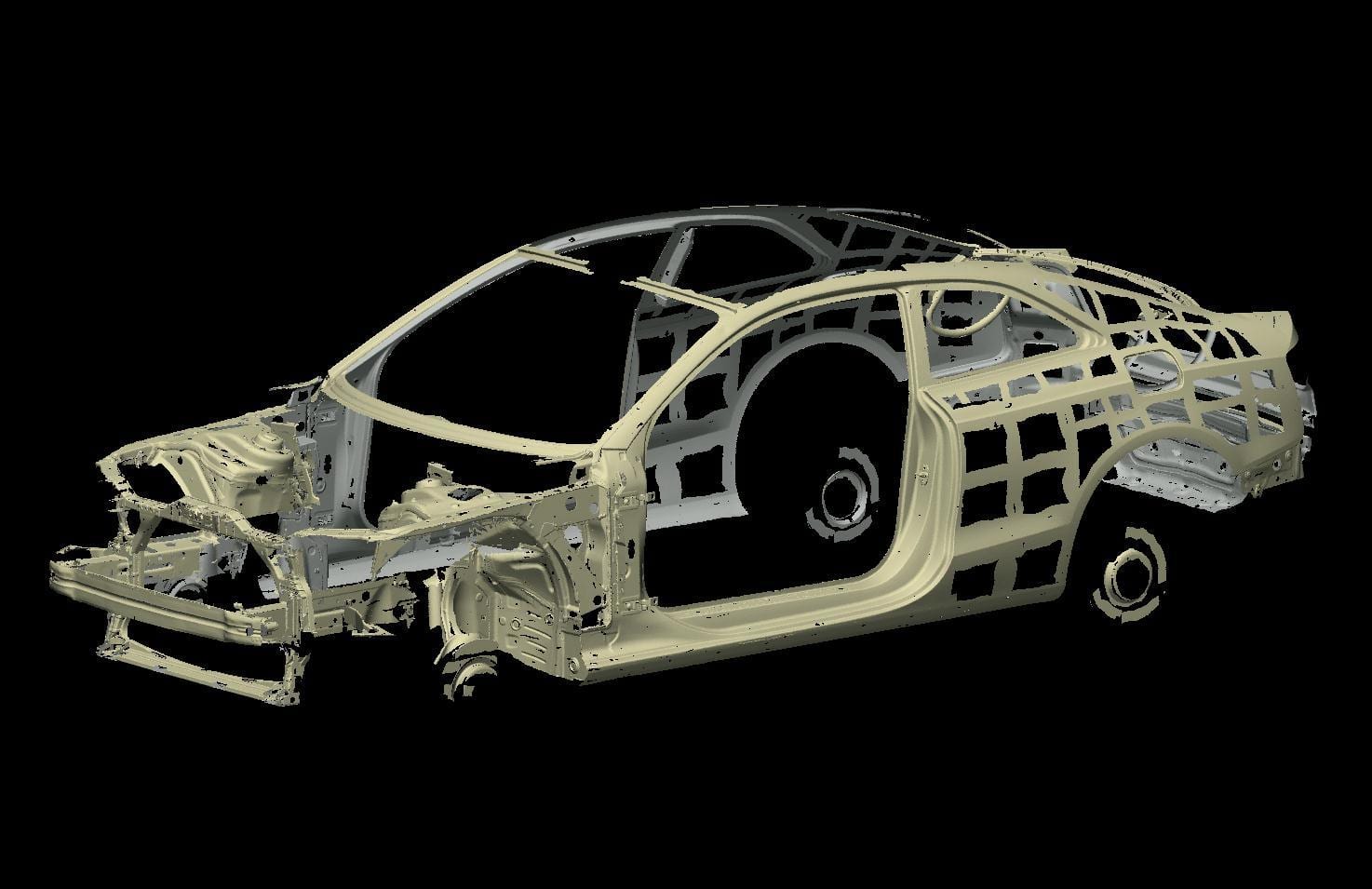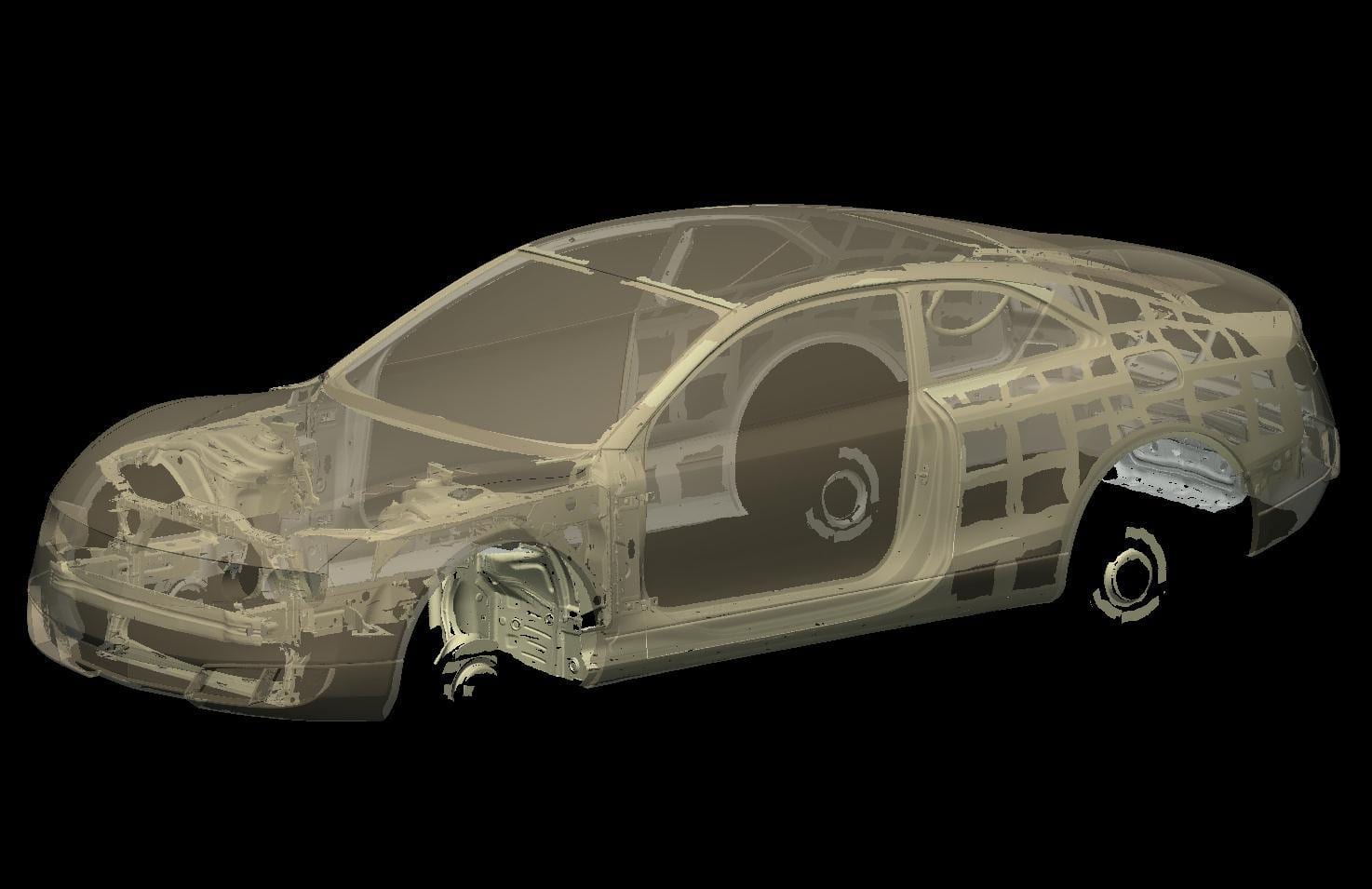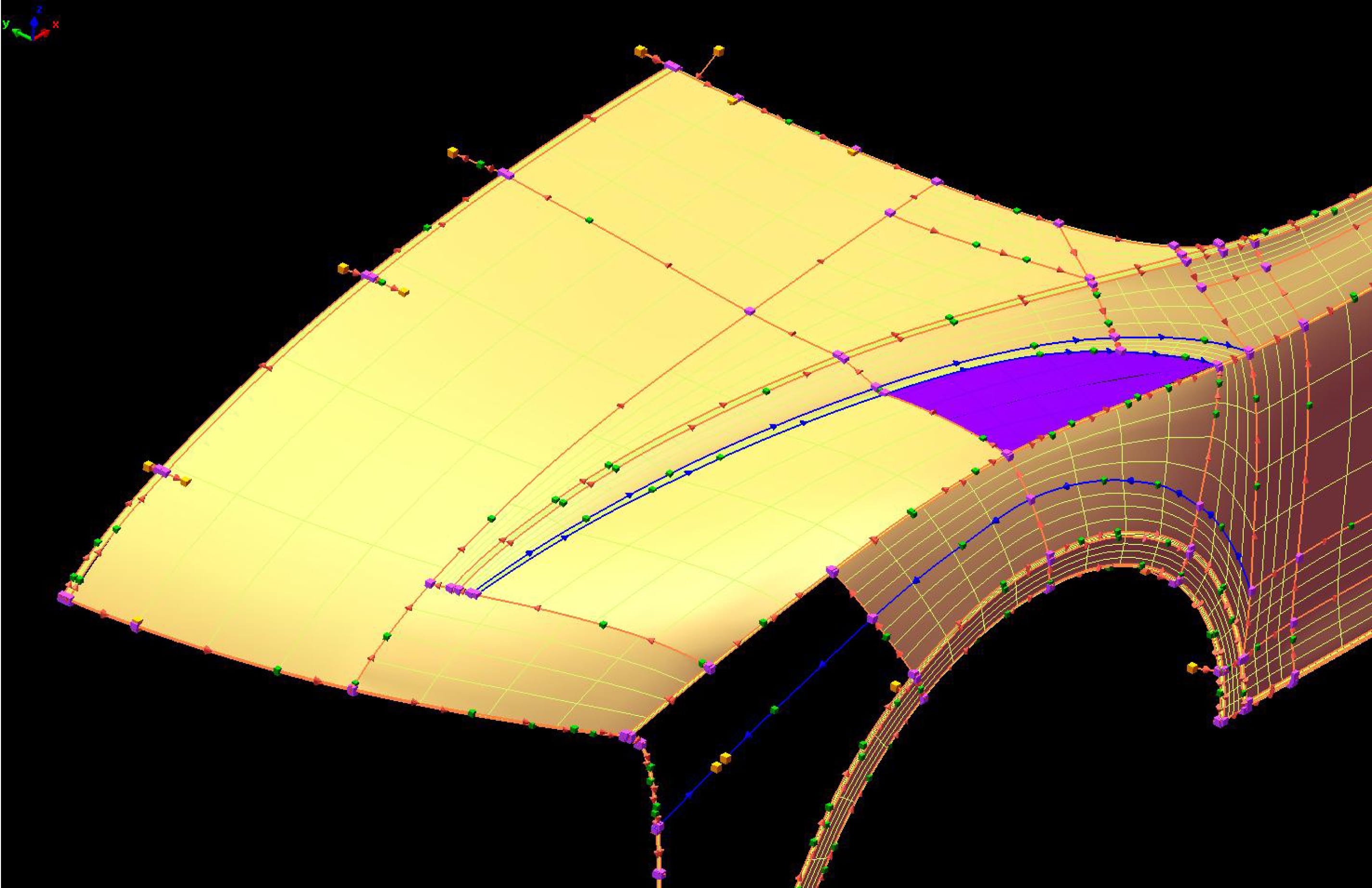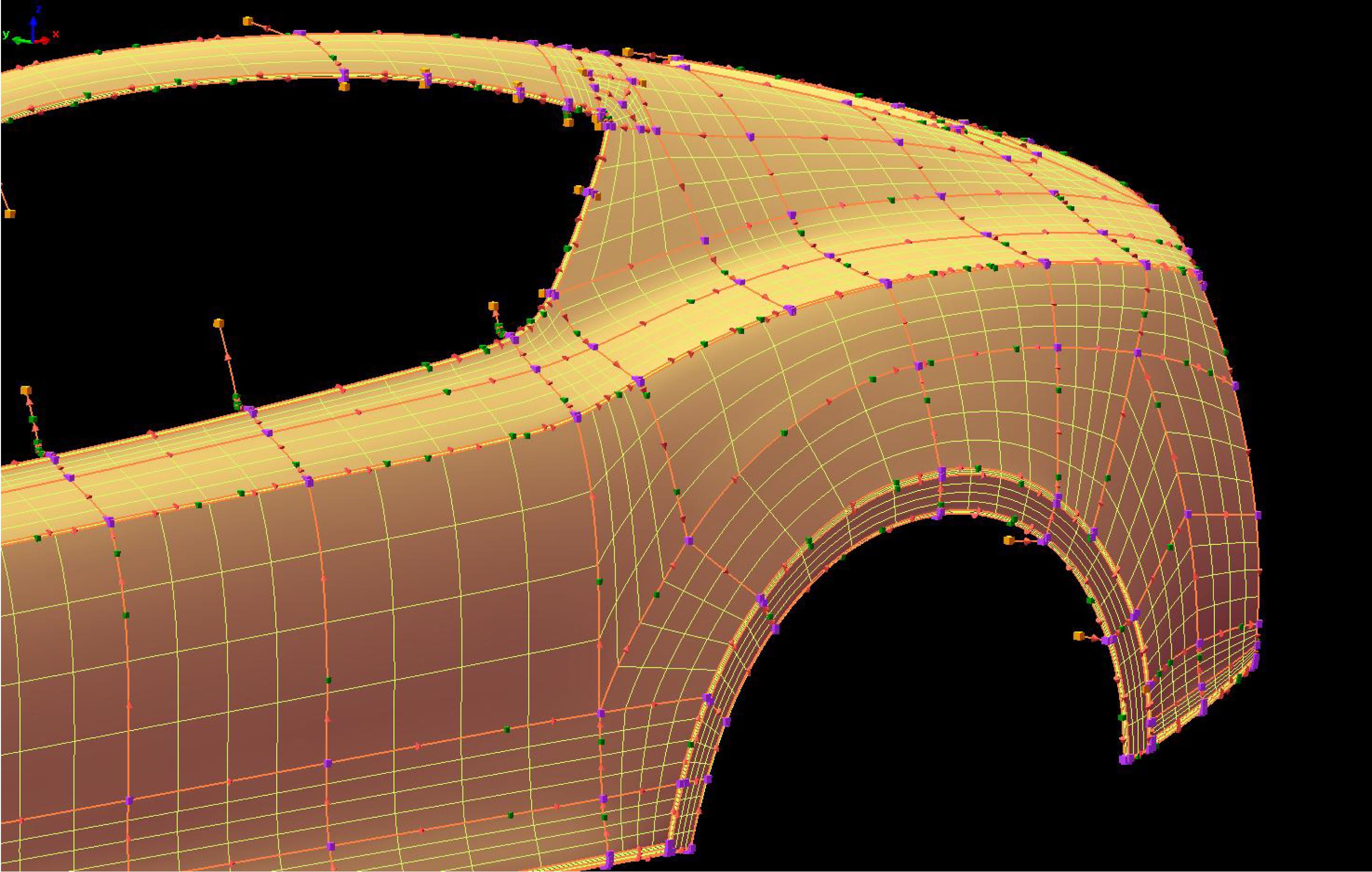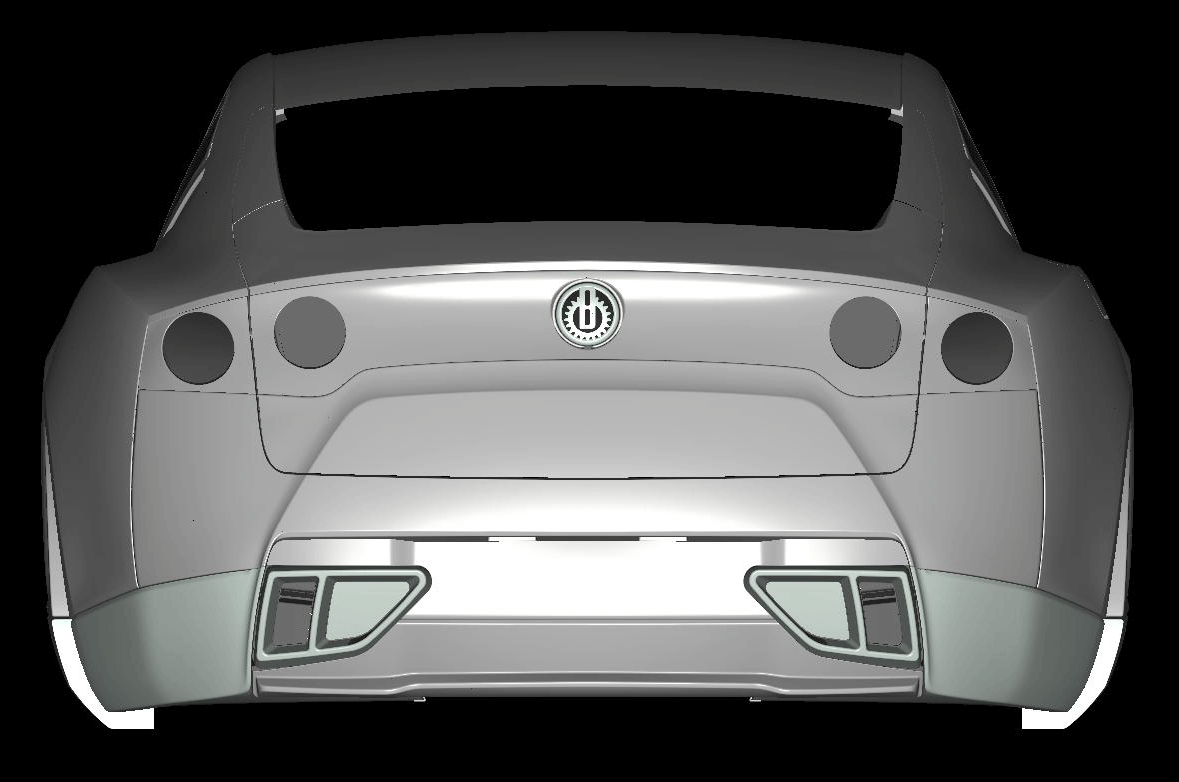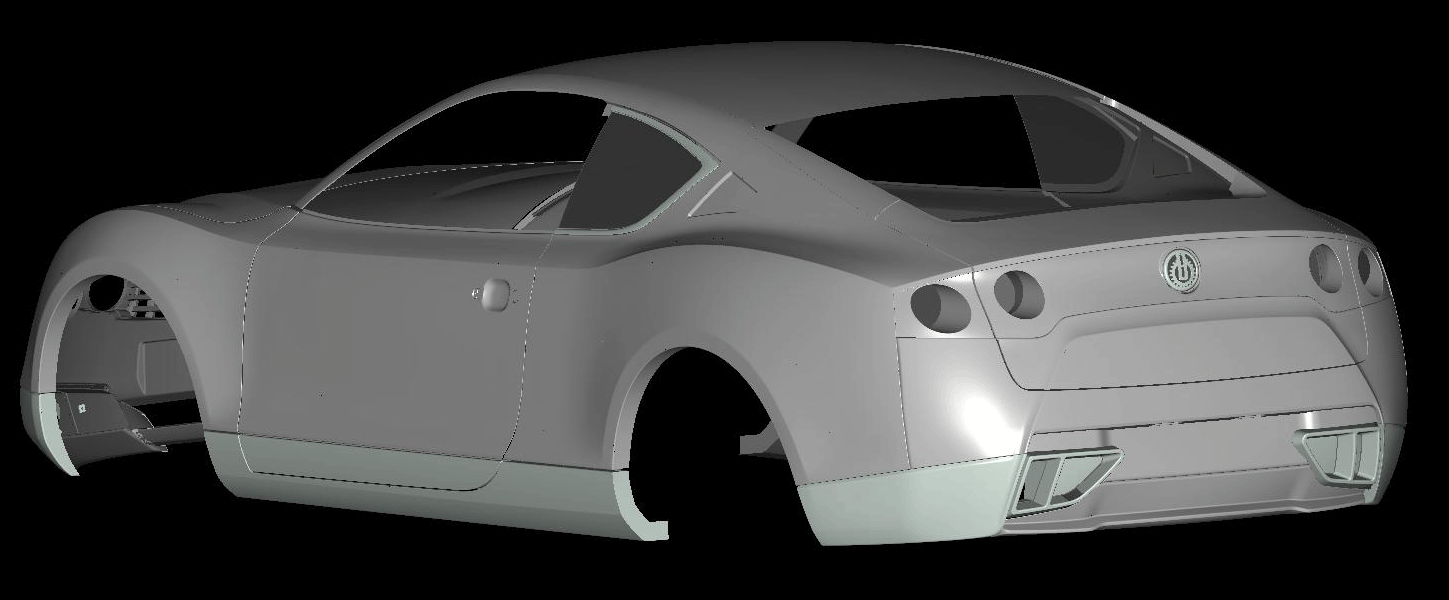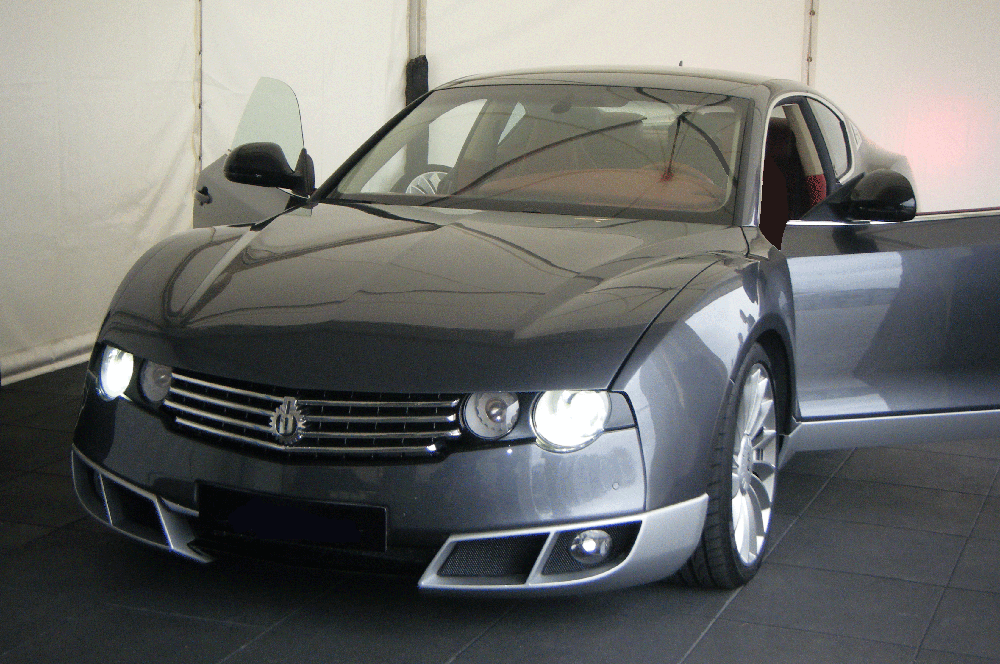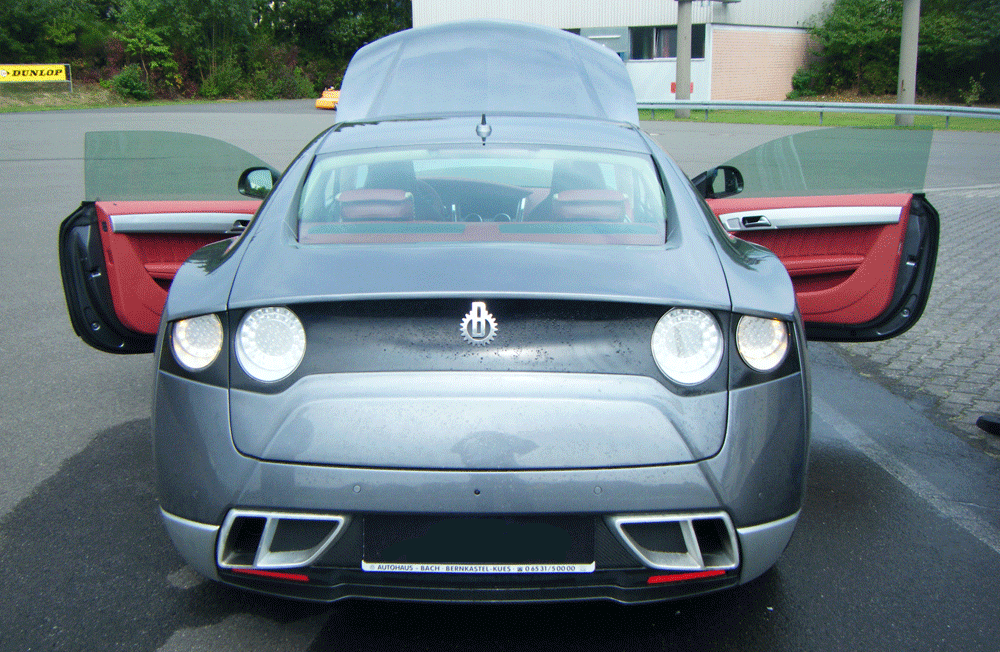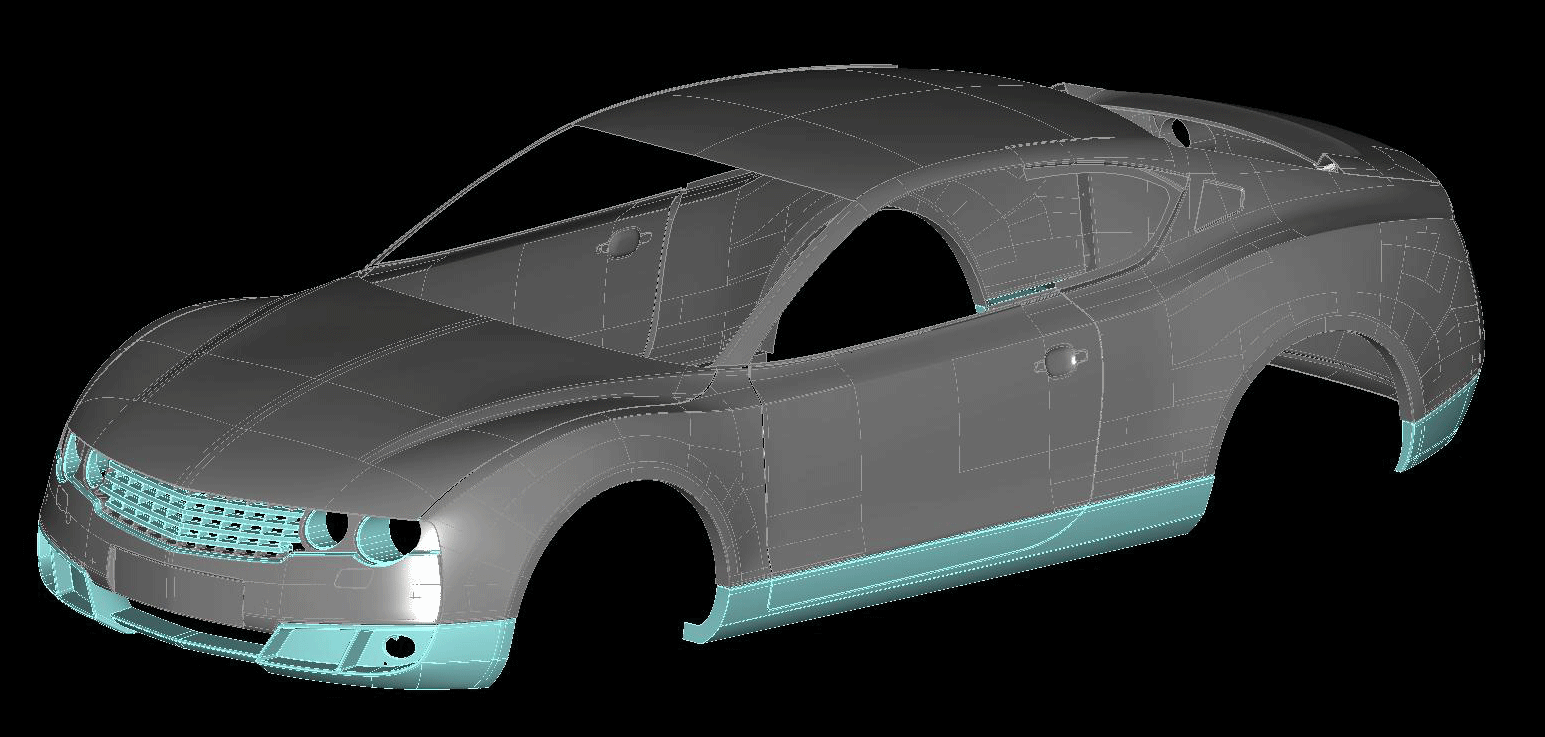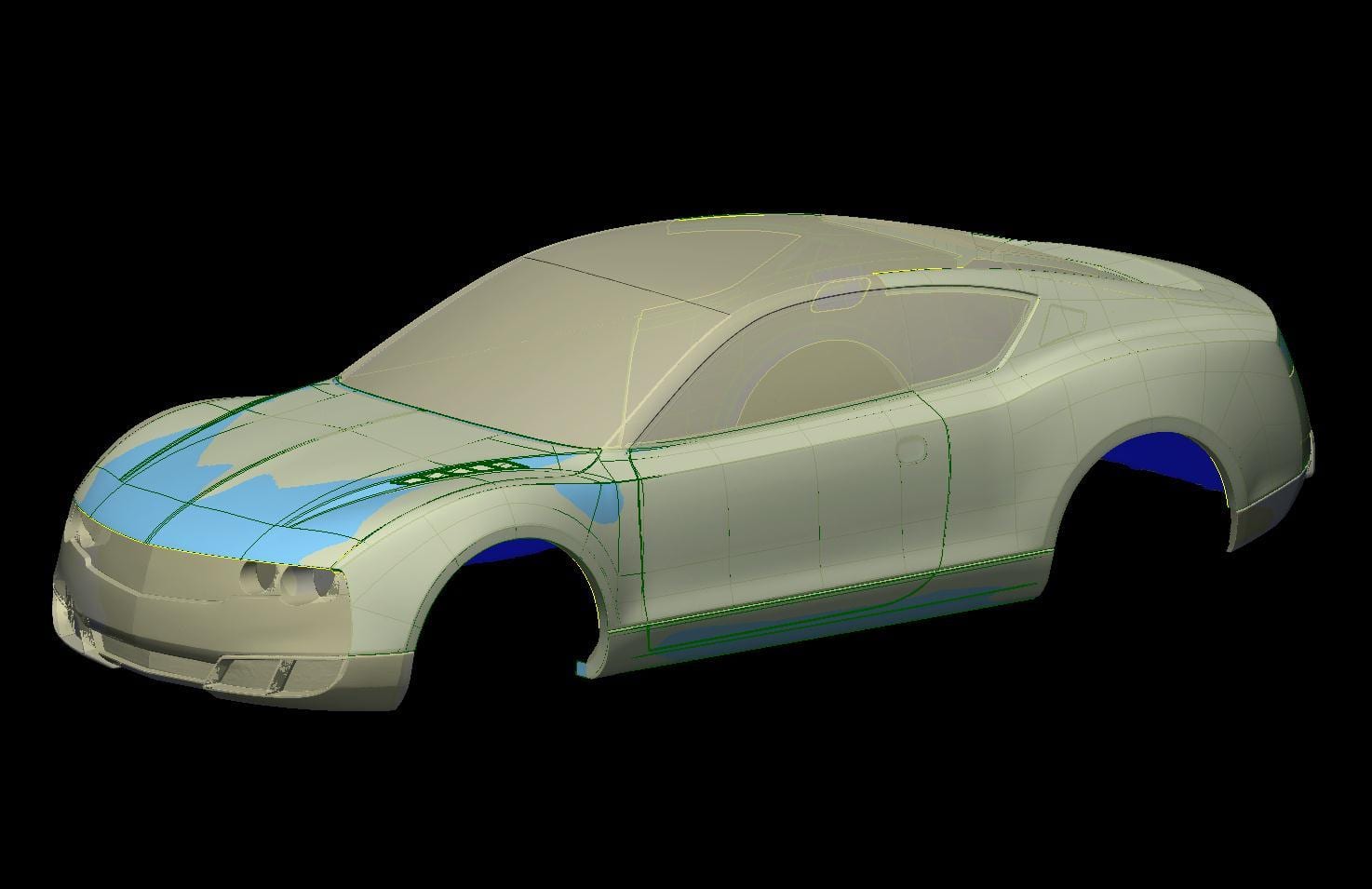Developing the Benarrow car using 3D Scanning Technology
Engineers assist in the design and creation of the Benarrow car in celebration of Benninghoven's 100th anniversary.
The BENNINGHOVEN company, founded by Otto Benninghoven in 1909, Hilden, Germany, was established to produce gear wheels and machine tools.
The company diversified into the field of industrial combustion technology in the 1950’s. In the 1960’s they further entered into the asphalt industry and in 1970 a new fabrication facility was set up in Mulheim/Mosel. Another huge expansion took place in 1990 with the addition of a manufacturing plant in Wittlich. Today, the Benninghoven group employs over 600 people, fabricating in two locations in Germany and one in England.
This year, Benninghoven are celebrating their 100th anniversary by entering into the automotive industry.
Project: Design and build a car to celebrate the companies 100th anniversary.
Alistair Davis from Benninghoven began the journey through sourcing a company to assist in the design and development of the new car. After extensive research, he settled on the Coventry University automotive faculty resulting from their outstanding reputation and a desire for a totally new concept. They also needed a team that could start immediately and were able to cope with a fast project turnaround time - only 18 months were allocated to produce the first two cars from concept to completion!
Chris Johnson and Mark Varney from the automotive faculty at Coventry University were in charge of this huge project, Chris Johnson being the chief designer and Mark Varney overseeing the development work.
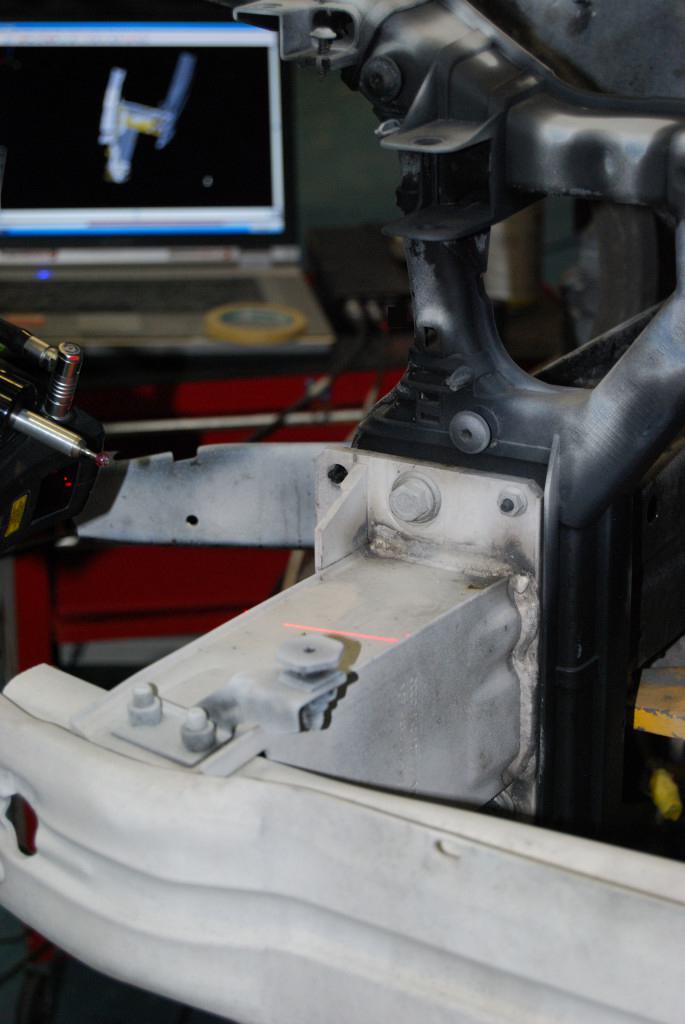
Whilst Coventry University could take care of the design, other companies were approached to help with the development and manufacture.
Benninghoven decided to use an existing vehicle’s chassis, floor plan & power train. This meant that the exterior & interior trim, and the Body in White and chassis of the chosen vehicle had to be 3d scanned to achieve the required alignment.
This is where 3D Scanners UK were asked to get involved…
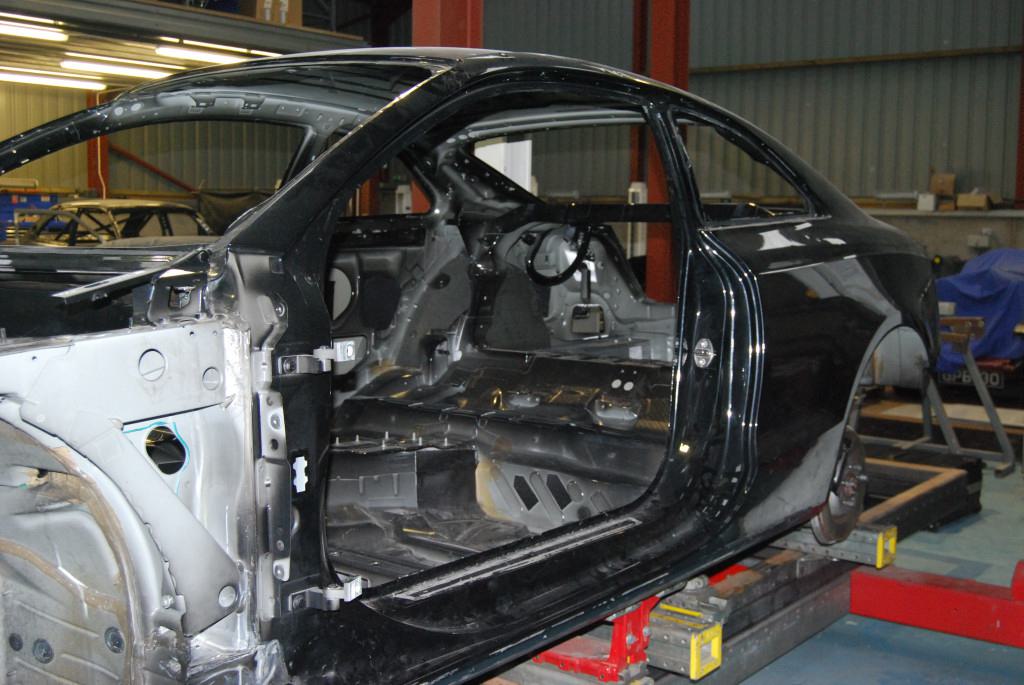
3D Scanners UK proceeded to 3d scan the body in white and chasis of the donor vehicle at Advanced Vehicle Solutions Coventry site.
Every part was scanned and datum points were probed. This data, once aligned in PolyWorks software, would indicate to us exactly where the new surfaces would sit on the body in white. The scanning of the body in white took 8 hours. A laser arm scanner was used for accessibility.
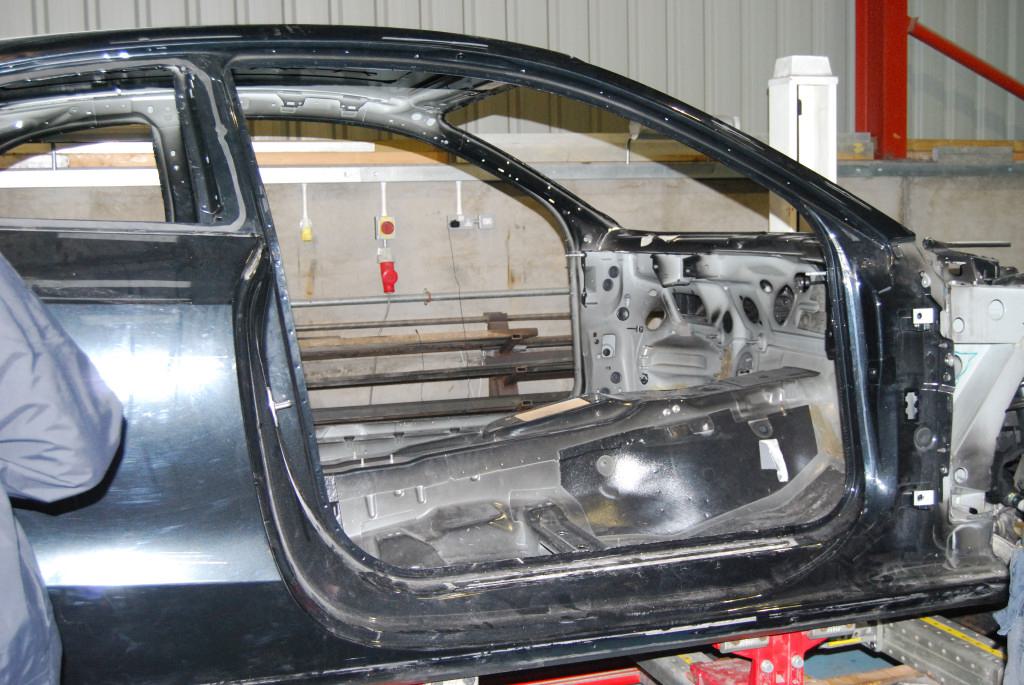
Once all the data had been collected, it was then processed at our 3D Scanners UK site in Coventry. Innovmetric's PolyWorks software, IMAlign module was used to organise & process the raw point cloud data. This software allows large data sets to be imported and aligned, picking the best point cloud data to create the best model.
IMMerge was then used to turn the points into a polygon mesh and IMEdit, used to trim the (overscan) edges of the panels back to create perfect edges. The polygon model could then be aligned to car line in PolyWorks Inspector Module.
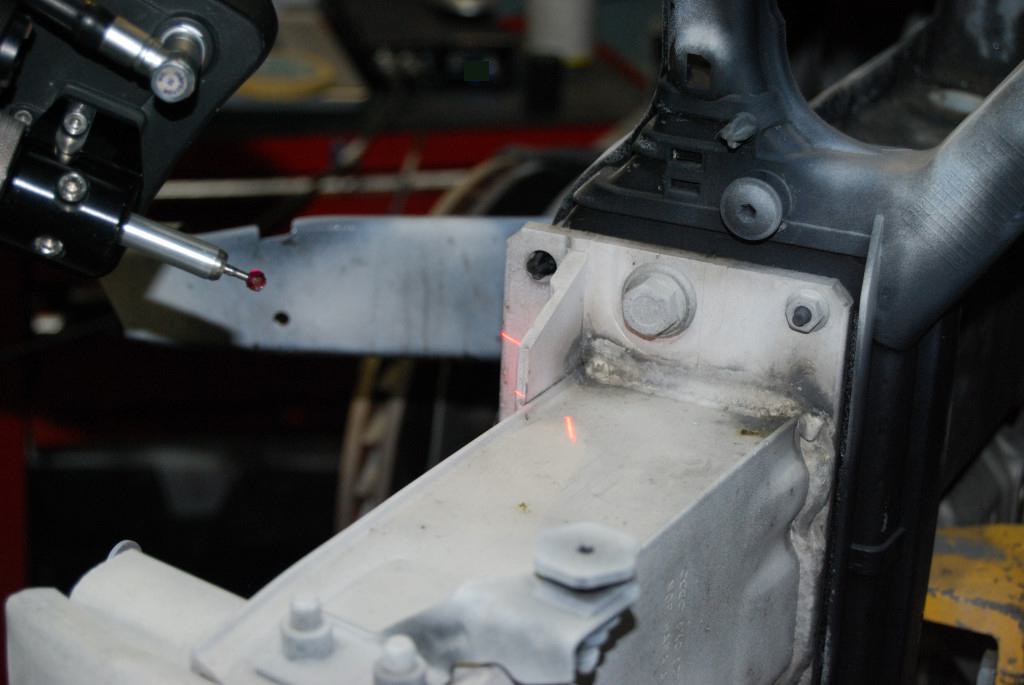
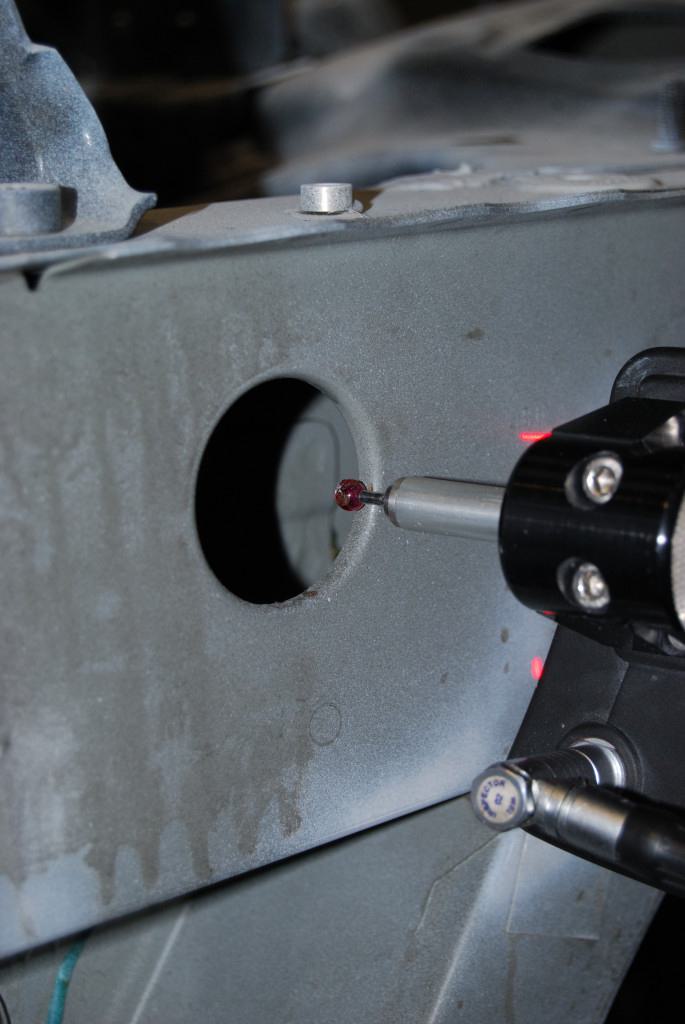
The clay concept car was scanned by 3D Scanners UK at the automotive faculty of Coventry University, using a laser arm scanner.
The screenshot below shows the car in PolyWorks being aligned. The different colours show the scan data stripes.
The screenshot below that shows the car once meshed in polygon wireframe mode.
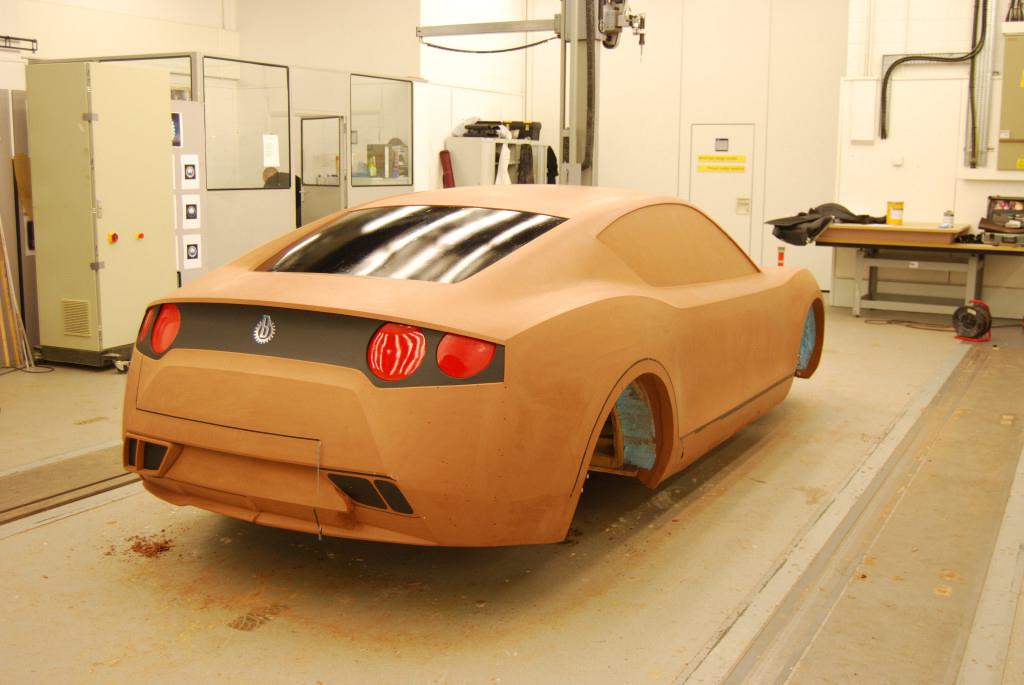
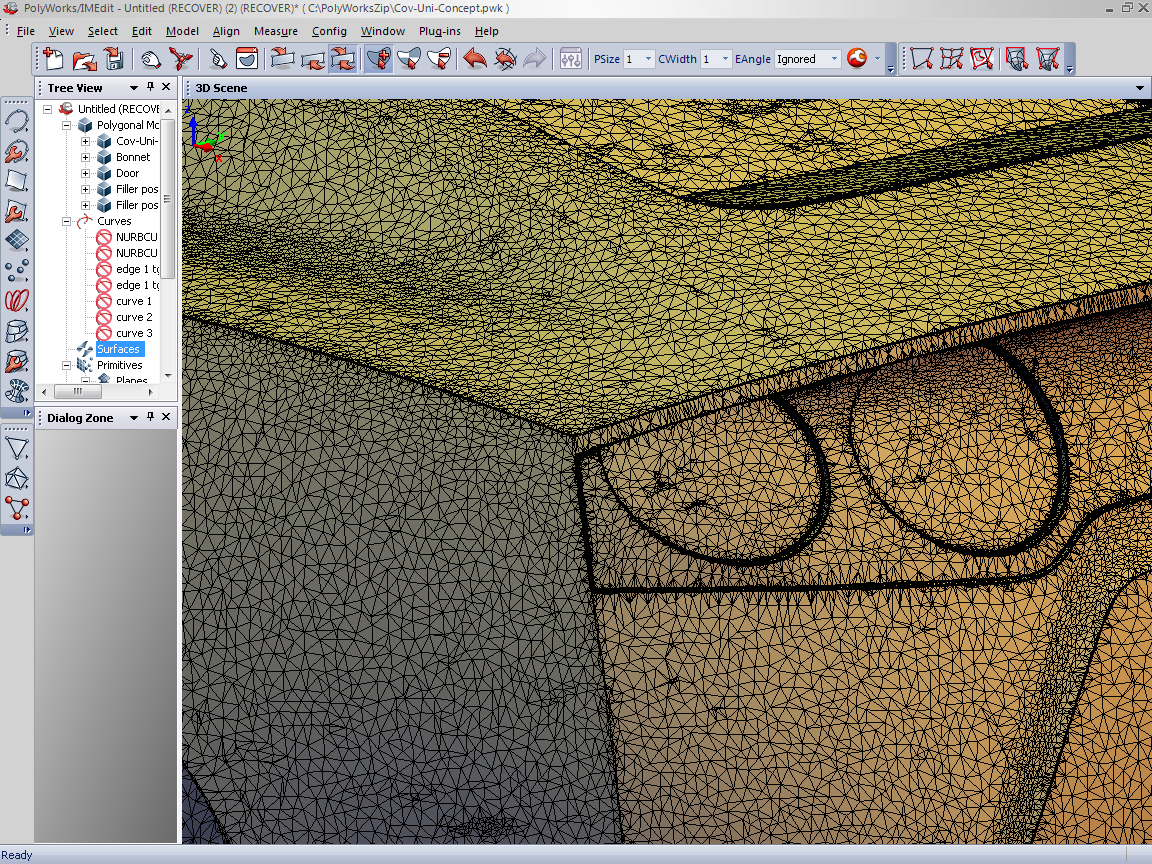
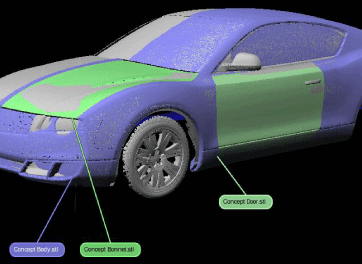
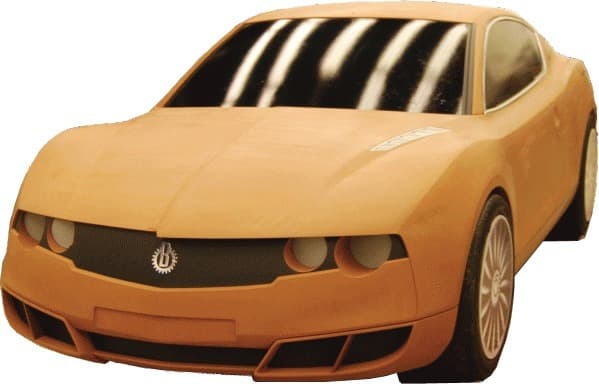
Once the clay had been scanned, the data was processed and aligned in the same workspace as the scan of the donor vehicle and its body in white. This allowed us to see if there were any clashes between the clay and the body in white.
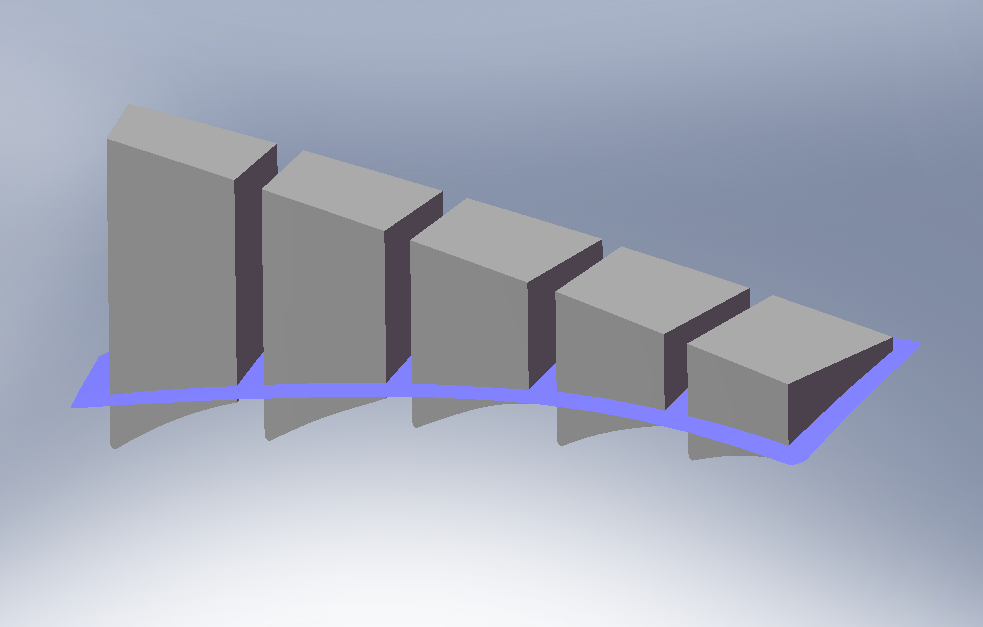
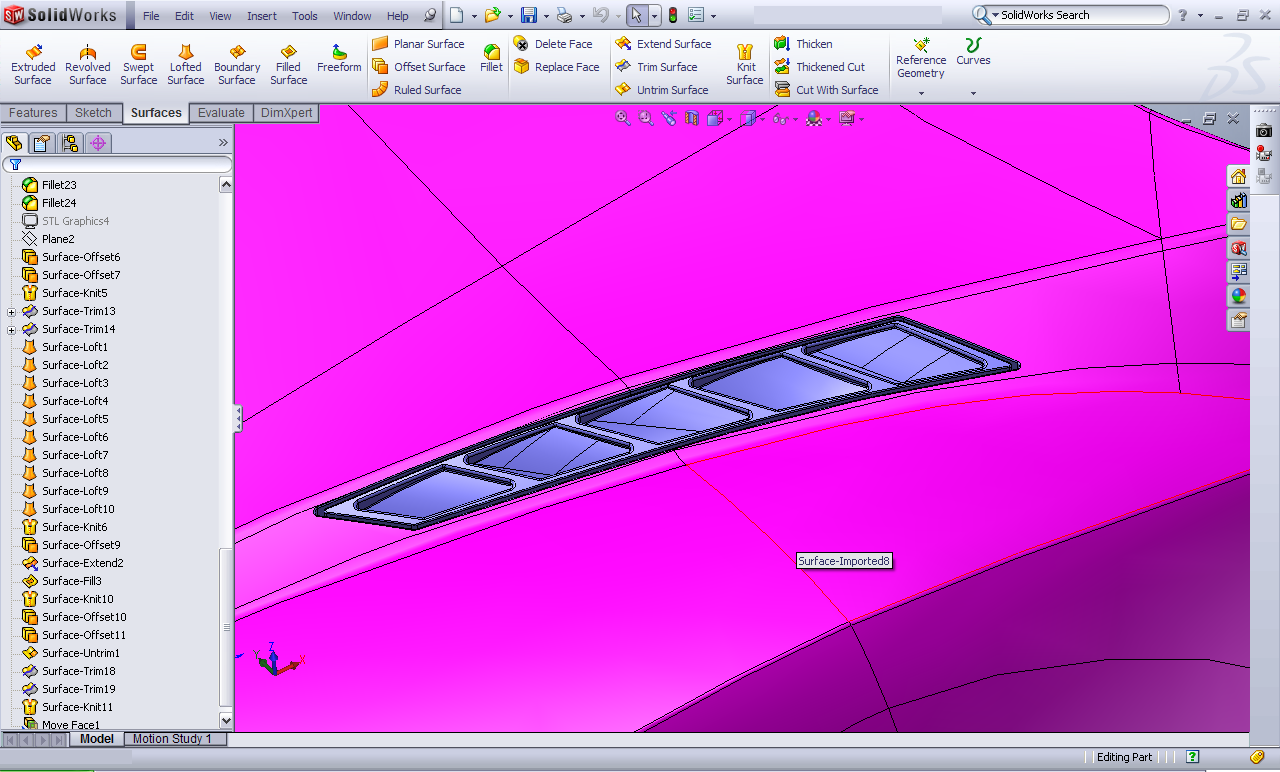
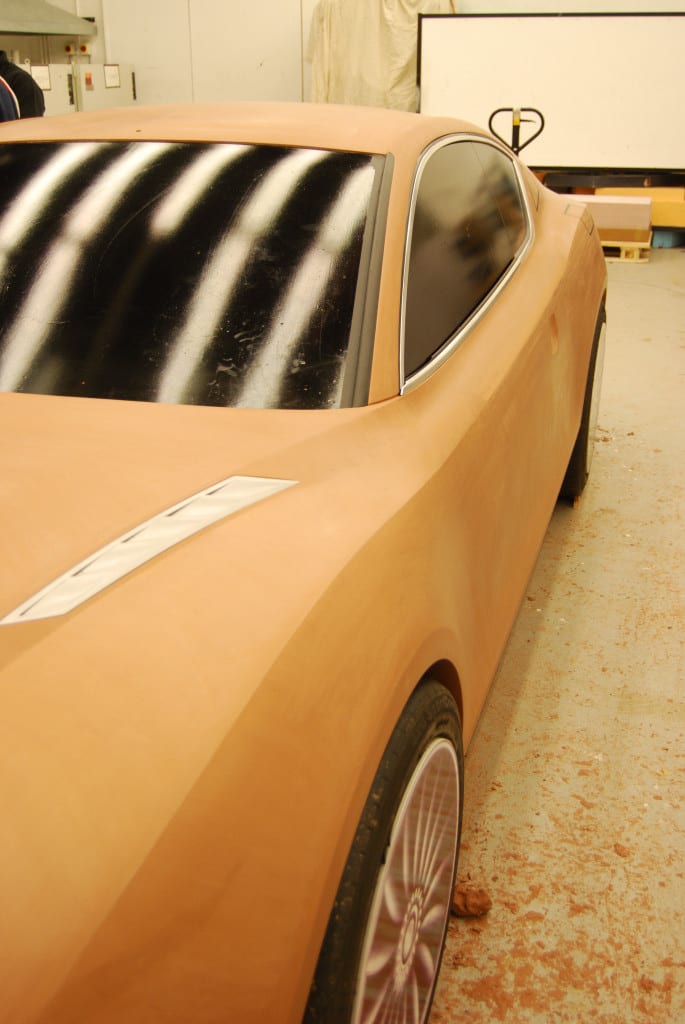
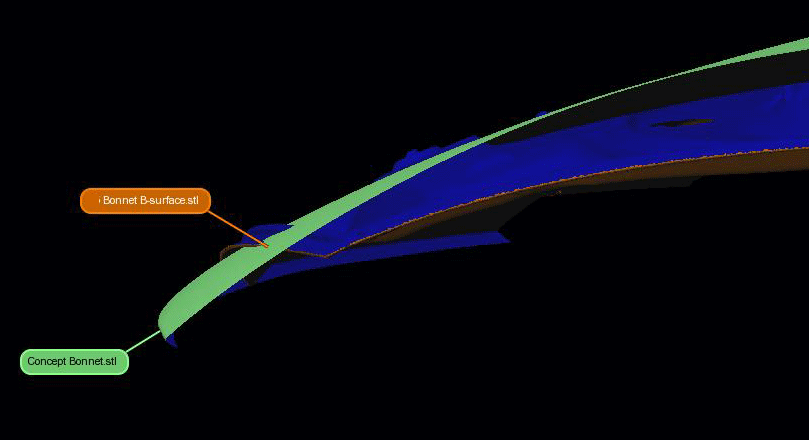
The bonnet grill had to be modelled in SolidWorks. This was done by importing the polygonal model of the hand finished concept (previously scanned with the car) and using it as a template to create the new model around it. The solid model is geometrically correct for future manufacture.
